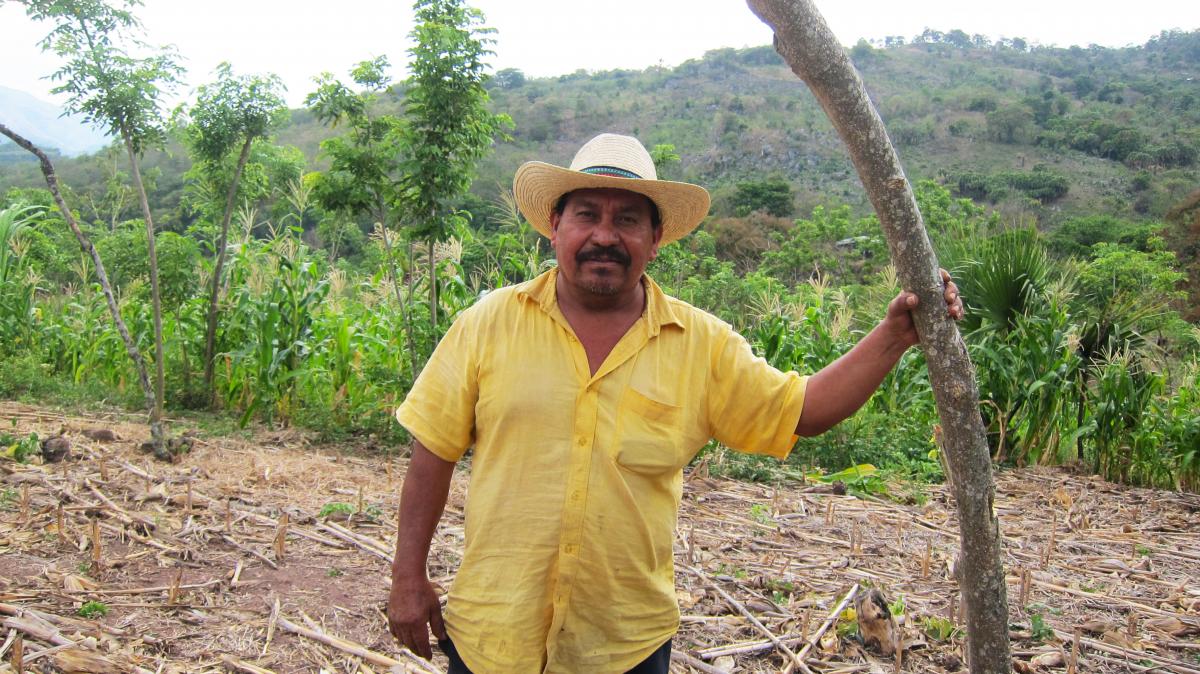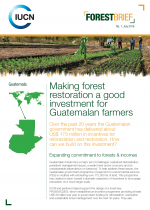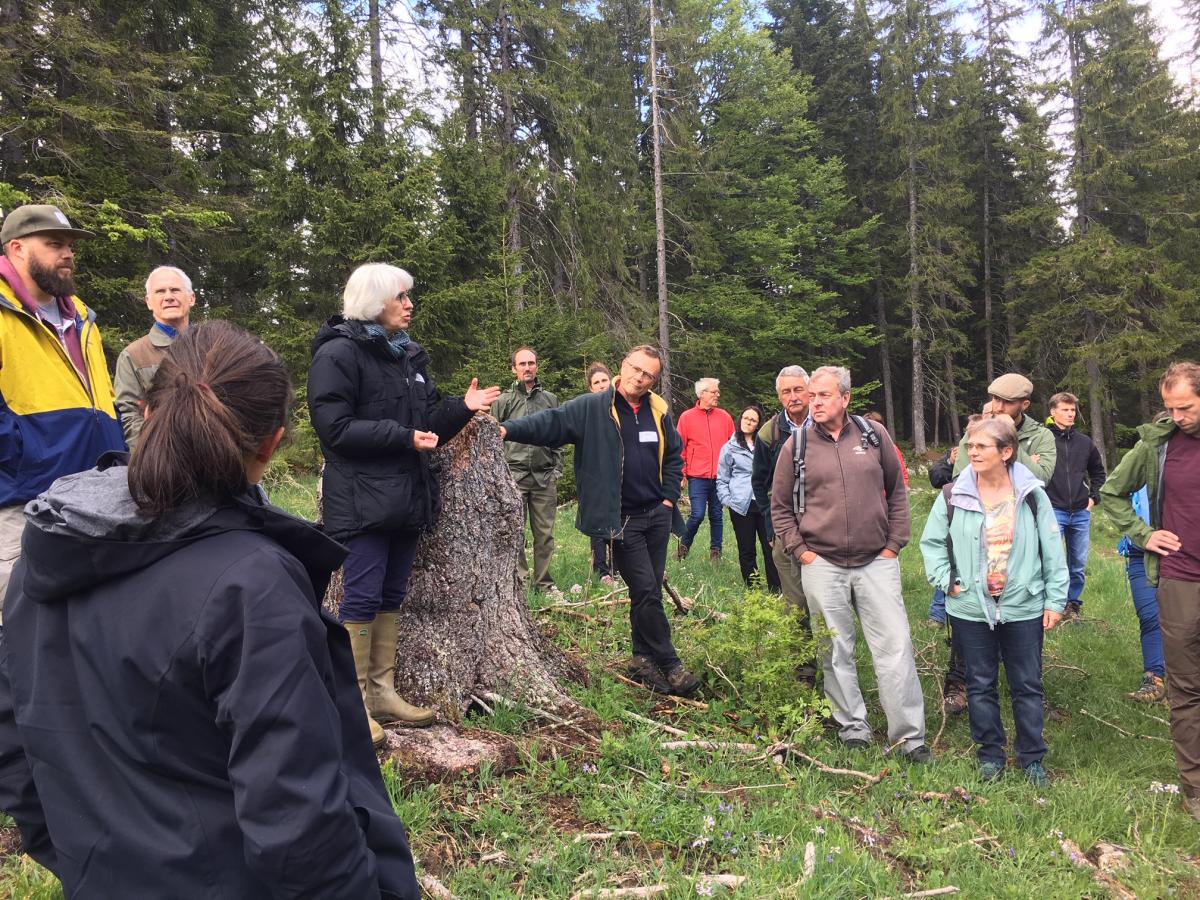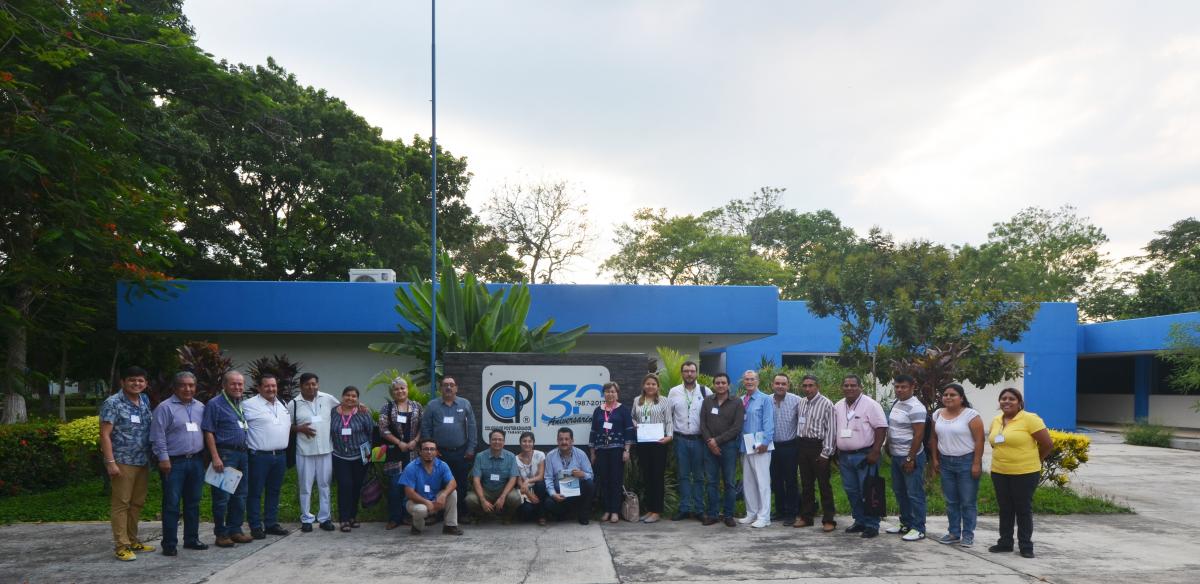Making forest restoration a good investment for Guatemalan farmers
Over the past 20 years the Guatemalan government has delivered about US$ 173 million in incentives for reforestation and restoration. How can we build on this investment?

Photo: IUCN
Guatemalan forests face a major set of challenges: sustained deforestation, persistent management issues, a weak forest sector economy and an unsustainable dependence on fuelwood. To help address these issues, the Guatemalan government programme of payment for environmental services (PES) is credited with reforesting over 112,000 hectares of land. This programme has created a vision toward a dramatic expansion of incentives to encourage restoration on a much larger scale.
IUCN and partners helped support the design of a forest law, PROBOSQUES, which establishes an incentive programme providing at least US$ 39 million per year in government funding for reforestation, restoration and sustainable forest management over the next 30 years. They also facilitated the development of a national strategy on forest landscape restoration (FLR), which commits the government to restore 1.2 million hectares of degraded land. Farmers in the Lachua ecoregion were also supported in the development of high-value, cocoa-based agroforestry systems. These systems are not only boosting incomes and creating jobs as Guatemala establishes itself in the global chocolate market, but are also demonstrating that tree planting makes good business sense for farmers.
To read more, see the IUCN Forest Brief, No.1  Photo: IUCN GFCCP
Photo: IUCN GFCCP



